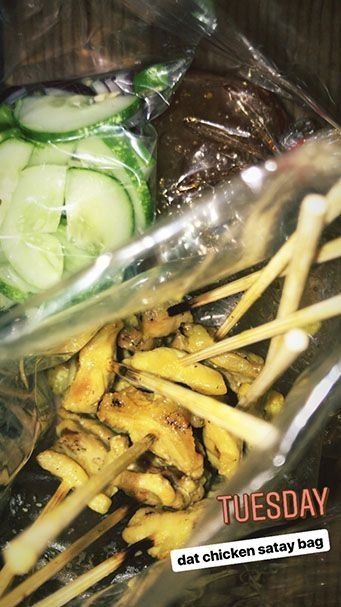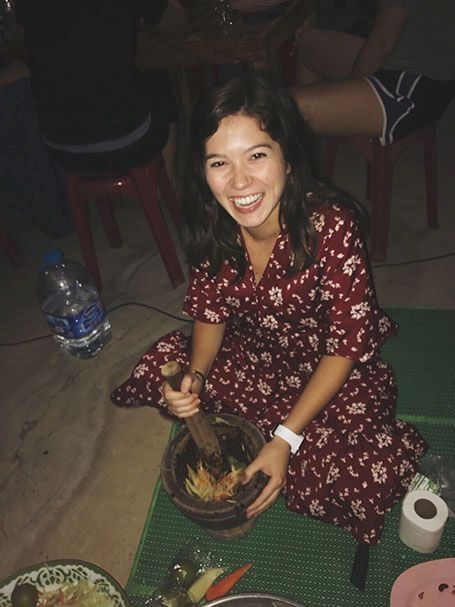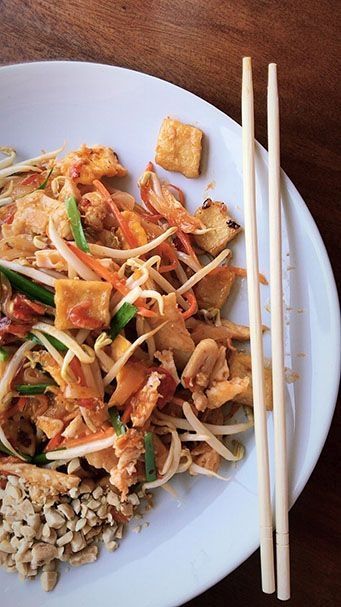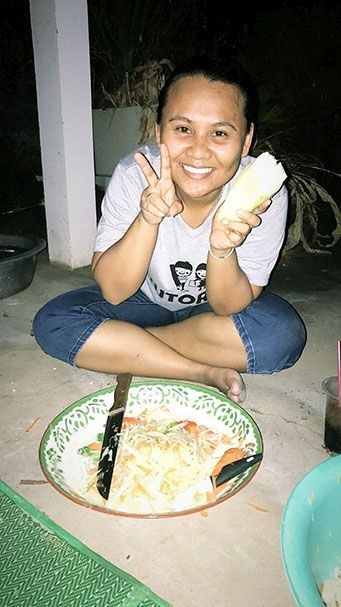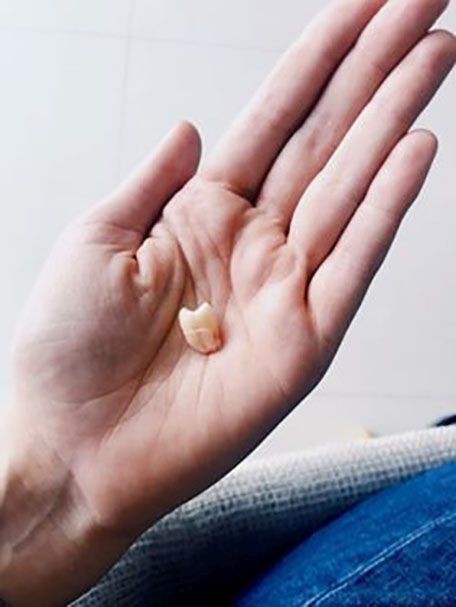One Part Chiles, Two Parts Kindness
When I told people I was moving to Thailand, a common reaction (after the confused surprise) was, “You are going to eat such good food over there!” Let me just say: Thailand has not disappointed. There is so much good food here—but there’s one catch that I forgot to think about: in a land where you do not know the local cuisine, and you hardly know the language, how do you order the good food?
Some restaurants offer an English menu and others offer a menu in Thai that includes a few photos, so you can point to what you want from a limited selection. Often, however, there is an exclusively Thai menu and you resort to ordering one of your go-to dishes—for me, Tom Yum Kung or Pad See Ew. I will say that when I first got here, I was really hesitant to order the Thai dishes that Americans over-generalize as Thai food: Pad Thai, Fried Rice, and what have you. While I still stand by this, I would like to note that the Pad Thai here is a holy creation that American Pad Thai hardly does justice to. So yeah, sometimes I order Pad Thai: sue me.
However, on the days that I am able to try new things, I am consistently shocked by the complex flavors and heat that traditional Thai dishes pack. I’ve gained an appreciation for new dishes that were previously unknown to me: Som Tam, for example, is a spicy papaya salad native to Isaan (northeastern Thailand, where I live), that, for 25 baht, is made to order right in front of you on the street. I was lucky enough to learn how to make this dish at the home of a sweet and hospitable Thai teacher.
Another result of the struggle to order new foods at restaurants is my food kick habit; when I find something I like, I get these little food kicks, and for about a week straight I obsessively eat this new food every day. In my defense, it’s usually a combination of equal parts loving the food itself and loving the Thai people who make it.
Last month, my favorite spot was a little open air restaurant run by the kindest Thai couple. I still go there often, but for about 2 weeks straight I went there nearly every day for lunch or dinner or both. When there, you are literally sitting in the house of the husband and wife who run the shop, as you are in many restaurants in Thailand. Their washing machine is setup in the back, and laundry hangs to divide the restaurant from the home; a TV in situated in a corner of the restaurant, and the owners sit back there and watch game shows at night, occasionally getting up when customers wander in for dinner. Sometimes one of them is reading the paper, or checking emails. They remind me of my parents with their shows that they watch and the time that they spend together in the evenings. The only difference is that their kitchen is open for business until they decide to close up shop and go to bed.
The first time I went there, I ordered Pad See Ew; the next day when I returned, when taking my order the man eagerly asked, “Same same?” My heart melted; he remembered my order. Since going so many times, I have tried a variety of things on their menu. The husband makes my favorite Pad Thai in Surin, but Pad See Ew is still my go-to. Every time I pass the restaurant without stopping to eat, he gives an energetic wave and friendly smile from where he stands behind his grill. The wife only refers to me as, “Teacha,” and treats me with the utmost respect. One time, in another part of town, she rode past me on her motorbike; upon recognizing who I was, she stopped, waited for me to catch up, and then offered me a ride. I frequent their shop often—the food is great, but these two kind souls make the experience.
This week, I’m on a “pick up food from the market” kick, specifically the vegetables and soups from a woman at one food stand in particular. She sits behind her table that holds the day’s prepared meals: plastic bags (there is no shortage of plastic bags in Thailand), each filled with something different—fried pork, cooked vegetables, krapow moo (which is basically minced pork cooked with basil and chiles and other seasonings), clear soups and red soups and white soups. On any given day, there are 8-10 options to pick from, all pre-bagged and ready to go. I can get a meal for two (which I proceed to eat in its entirety on my own, because your girl’s gotta eat) for just under a dollar.
The woman herself is older, and speaks no English; a 2- or 3-year-old child is sometimes with her, sitting on the table with the food, giggling and chattering, taking money from customers and diligently picking out the coins the old woman instructs her to hand back for change. Each day, the woman suggests something new for me to try, assuring, “mai ped,”—not spicy—because she sees my skin tone and knows I’m a wimp. Sometimes I take her up on her suggestion; other times I grab my veggies and rice as a comforting safe option, and then select something new to try from one of the other food stalls. I have no idea what I got last night—a common phenomenon. It appeared to be banana that had been marinating in some sort of sweet, red juice, served with mild coconut milk on the side. Whatever it was, it was delicious. Tonight, I found a woman serving chicken satay! I got a hefty bag of skewered chicken, served with another bag of cucumbers, onions, and green chiles, and a third bag of peanut sauce; like I said, there’s no shortage of plastic bags in Thailand.
From the sister-duo that tells me how beautiful I am every time I come in for lunch, to the kabob-man who always insists I sit on a fold-out chair he has next to his stand while I wait for my order, there are a handful of big-hearted individuals all over town who are responsible for keeping me well-fed. I used to feel a little weird about frequenting the same places day after day, but I realized it’s normal for a girl who has no kitchen. The smile of recognition I get when I arrive at one of my favorite spots makes the food taste better anyways.
Related Posts
Rewriting My Top 10 Reasons: What a Year in Thailand Taught Me
Revisiting my First Blog Post If you scroll through my blog posts, you will find my first post: Why to Teach English in Thailand: My Top 10 Reasons. For anyone... keep reading
Exploring Thailand's Neighbors: Traveling To Laos and Cambodia
When I moved to Thailand, I knew that exploring Southeast Asia was high on my list of things to do. There were many places in Thailand I wanted to see... keep reading
Your Guide to Thailand’s Regions: Picking Your Top Three
My arrival in Thailand was my first experience coming to Asia. Even though I knew I wanted to go to Thailand, I honestly knew very little about its culture. All... keep reading
